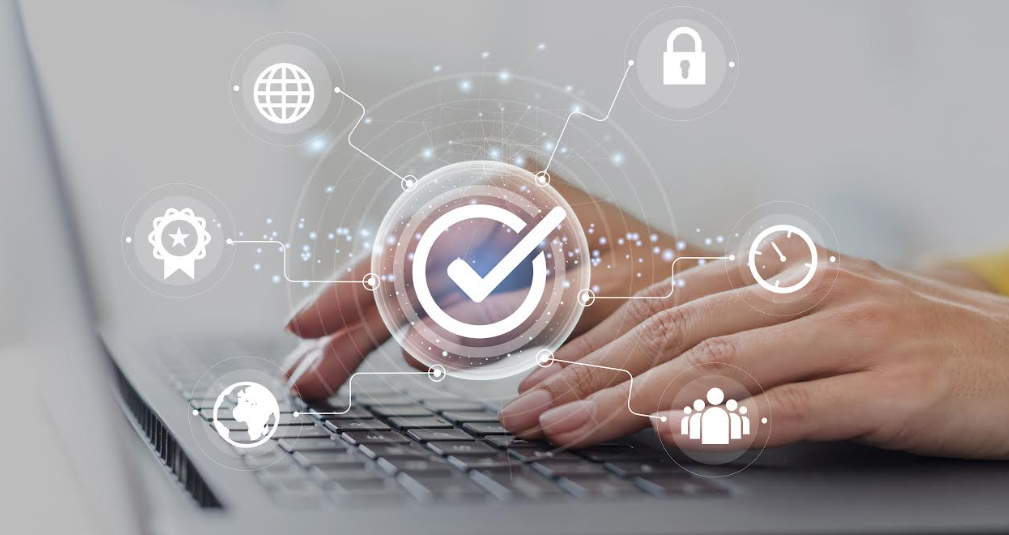The ongoing shift to digital is transforming our world. Shopping experiences, entertainment, and even healthcare are all online. Workspaces are no exception, and companies are slowly and steadily adapting to this change. Thus, providing remote accessibility to improve work experience is one of the best ways to attract and retain top talent and tap into a wider talent pool for any business.
Organizations therefore need to focus their attention on making the Digital world fair and user-friendly for everyone. They need to readily adopt best practices, which can improve the work culture that promotes higher inclusivity and overall satisfaction of the human resources.
What Is Digital Accessibility?
Digital or Remote accessibility refers to the practice of designing and developing digital content and technologies that can be accessed, understood, and used by all people, including those with disabilities and impairments in vision, hearing, cognition, or motor functions. Assistive technology features like captioning, transcriptions, screen readers, wearable devices, subtitles, and magnifiers are some of the common ones.
Why is digital accessibility important for the businesses of tomorrow? In this article, we explore how digital or remote accessibility can transform the employee experience in the digital workspaces of the future.
What Makes Digital Accessibility a Smart Choice?
1. Legal compliance sets a precedent
Adopting digital accessibility standards such as the Americans with Disabilities Act (ADA) and the Web Content Accessibility Guidelines (WCAG) offers a strategic advantage to businesses on a global scale. ADA mandates that digital content and services be accessible to individuals with disabilities, while WCAG levels provide a comprehensive framework for creating accessible websites globally. By making digital content universally accessible, businesses not only cater to diverse audiences but also enhance their potential for global expansion, simplifying the process of entering new markets and reinforcing a commitment to global inclusivity.
2. Lift barriers to high efficiency and productivity
To improve remote accessibility for employees with disabilities, companies need to actively engage with their workforce, understanding their unique needs and challenges. By seeking employee input, companies can identify tailored solutions through digital tools and platforms, so they have more time to focus on activities that yield higher performance and boost employee efficiency.
3. Empower through tech
Optimizing remote work involves using the latest technology tailored to employee needs. Solutions like Virtual Desktop Infrastructure (VDI) create virtual workspaces and provide end-user flexibility. Software tools like background noise reducer for the hard of hearing and keyboards for virtual whiteboards also enhance remote accessibility creating a great work experience for the new-age employee.
4. Advances inclusivity in the work culture
When employers equip everyone, including the under represented groups such as – minorities, women, and people with disabilities with the right tools, the work environment fosters better communication among peers and a higher sense of belonging.
5. Builds brand credibility and trust
In the USA, digital inclusivity and social responsibility are highly valued. Companies investing in remote accessibility for all not only meet legal standards but also build a positive brand image. This ethical commitment fosters trust, strengthening relationships with customers and investors.
6. Reach that facilitates global collaboration
Since remote culture has seeped into companies worldwide, interactions with international employees, clients and partners are mostly online. For effective communication and collaboration across borders, companies can greatly benefit by providing tools that foster remote accessibility.
Conclusion
A truly accessible future of workspaces begins with companies investing time and effort in understanding the unique experiences of their employees. COVID accelerated the shift to remote work, but a lot of employees are increasingly choosing to work from home. Being mindful and sensitive of diversity is the first step that ensures remote accessibility in the digital-first world. The onus is upon the companies and businesses to now ease that transition and adapt to the new order.














